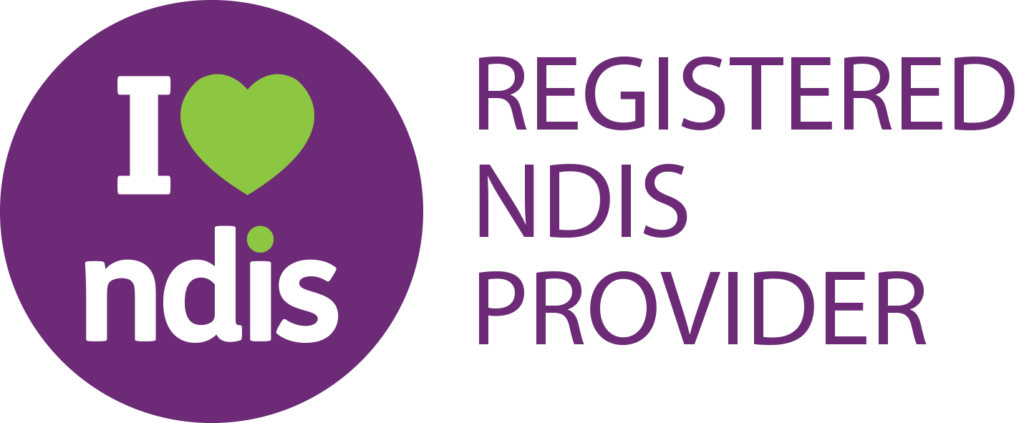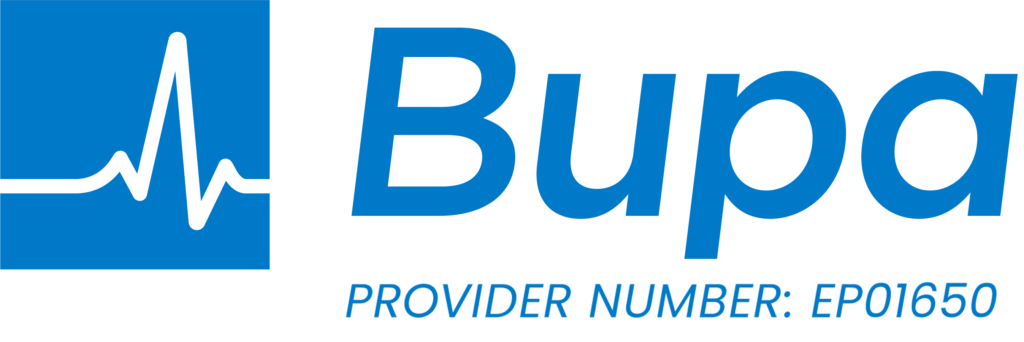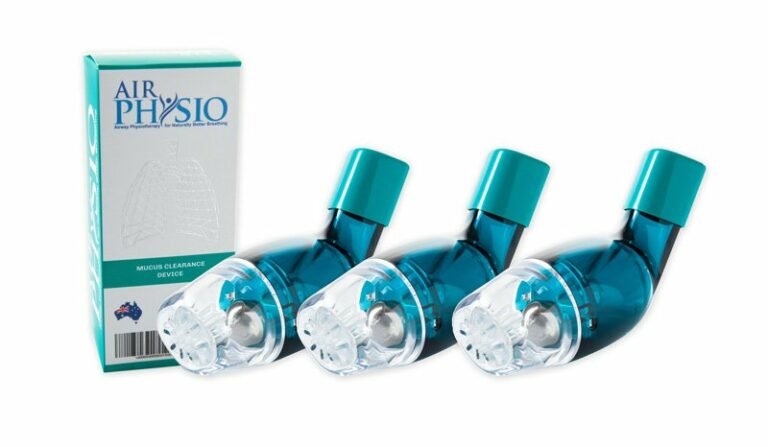Why Lung Health Matters on World MS Day – And Every Day
Each year on May 30, the world unites to recognise World MS Day – a powerful movement that brings together the global Multiple Sclerosis (MS)
Cystic Fibrosis (SIS-tik fi-BRO-sis), or CF, also known as mucoviscidosis, is an inherited disease of the secretory glands. Secretory glands include glands that make mucus and sweat. Although it mainly affects mostly the lungs, it also the pancreas, liver, kidneys, intestines, sinuses, and sex. Long-term issues include difficulty breathing and coughing up sputum as a result of frequent lung infections.
Other symptoms include sinus infections, poor growth, fatty stool, clubbing of the finger and toes, and infertility in males, among others.
Different people may have different degrees of symptoms.
These secreted fluids are normally thin and slippery. But in cystic fibrosis, a defective gene causes the secretions to become thick and sticky. Instead of acting as a lubricant, the secretions plug up tubes, ducts and passageways, especially in the lungs and pancreas.
Although Cystic fibrosis is a life-threatening disorder that causes severe damage to the lungs and digestive system, recent improvements in screening and treatments mean most people with cystic fibrosis now live into their 20s and 30s, and some are living into their 40s and 50s.
There is no cure for cystic fibrosis. Lung infections are treated with antibiotics which may be given intravenously, inhaled, or by mouth. Sometimes the antibiotic azithromycin is used long term. Inhaled hypertonic saline and salbutamol may also be useful.
Lung transplantation may be an option if lung function continues to worsen. Pancreatic enzyme replacement and fat-soluble vitamin supplementation are important, especially in the young. While not well supported by evidence, many people use airway clearance techniques such as chest physiotherapy.
The average life expectancy is between 37 and 50 years in the developed world. Lung problems are responsible for death in 80% of people.
Treatment for CF can be intensive and time-consuming. At present, there is no cure for CF. Treatment aims to slow the progression of the condition and includes:
Regular attendance at a major CF clinic is beneficial and recommended.
By using the AirPhysio device to clean the airway and condition the lungs, this will assist in the clearance of excess mucus and fluid and assists in the maintenance of Cystic Fibrosis.
AirPhysio assists in 2 distinct ways:
1. Firstly the clearance process of AirPhysio assists in clearing any blockage or build-up of excess mucus through the 2 stage mobilisation and elimination method.
2. Secondly, the vibration or flutter effect of the AirPhysio, including the deep breathing method assist in conditioning the airway and assists to improve lung capacity through a physiotherapy method of exercising the lungs, similar to exercise.
For more information about Bronchitis, please refer to the following web pages and articles:
cysticfibrosis.org.au
Cystic fibrosis (CF)
Mayo Clinic – Cystic fibrosis
National Heart, Lung, and Blood Institute – Cystic Fibrosis
Each year on May 30, the world unites to recognise World MS Day – a powerful movement that brings together the global Multiple Sclerosis (MS)
Asthma is more common than many people realise — affecting over 262 million individuals around the world. Yet despite how many lives it touches, asthma
In the pursuit of optimal respiratory health, understanding and implementing techniques like Chest Percussion can be a game-changer. This method, designed to enhance lung function
AirPhysio may be able to help by assisting with
✅Clearing the mucus clogging airways
✅Helps Promote Optimal Lung Capacity
✅Helps Promote Optimal Lung Hygiene
✅Helps treat Respiratory Conditions
✅May Reduce the chance of developing lung infections
✅Recommended by doctors, physical Therapists & Pulmonologists
✅Helps Make Breathing Easier
✅Sold in 106 countries globally


Do you suffer from Dry or Persistent Cough, Breathlessness, Respiratory or Severe Respiratory Conditions, or Shortness of Breath as you Get Older?

THIS PRODUCT MAY NOT BE RIGHT FOR YOU. READ THE WARNINGS BEFORE PURCHASE (Contraindications of Untreated pneumothorax; Tuberculosis; Oesophageal surgery; Right-sided heart failure; Middle ear pathology, such as ruptured tympanic membrane)
FOLLOW THE DIRECTIONS FOR USE
IF SYMPTOMS PERSIST, TALK TO YOUR HEALTH PROFESSIONAL

Gallery
AirPhysio is an Oscillating Positive Expiratory Pressure (OPEP) device that is used for mucus clearance and lung expansion to help in the treatment of respiratory conditions. The use of the AirPhysio device helps to facilitate secretion mobilization and maximize lung volume for cleaner healthier lungs.
© AirPhysio 2022 – All Rights Reserved
| Cookie | Duration | Description |
|---|---|---|
| cookielawinfo-checkbox-analytics | 11 months | This cookie is set by GDPR Cookie Consent plugin. The cookie is used to store the user consent for the cookies in the category "Analytics". |
| cookielawinfo-checkbox-functional | 11 months | The cookie is set by GDPR cookie consent to record the user consent for the cookies in the category "Functional". |
| cookielawinfo-checkbox-necessary | 11 months | This cookie is set by GDPR Cookie Consent plugin. The cookies is used to store the user consent for the cookies in the category "Necessary". |
| cookielawinfo-checkbox-others | 11 months | This cookie is set by GDPR Cookie Consent plugin. The cookie is used to store the user consent for the cookies in the category "Other. |
| cookielawinfo-checkbox-performance | 11 months | This cookie is set by GDPR Cookie Consent plugin. The cookie is used to store the user consent for the cookies in the category "Performance". |
| viewed_cookie_policy | 11 months | The cookie is set by the GDPR Cookie Consent plugin and is used to store whether or not user has consented to the use of cookies. It does not store any personal data. |
2 Responses
I treasure the content on your site. thnx.|
It’s going to be end of mine day, but before end I
am reading this impressive paragraph to improve my know-how.